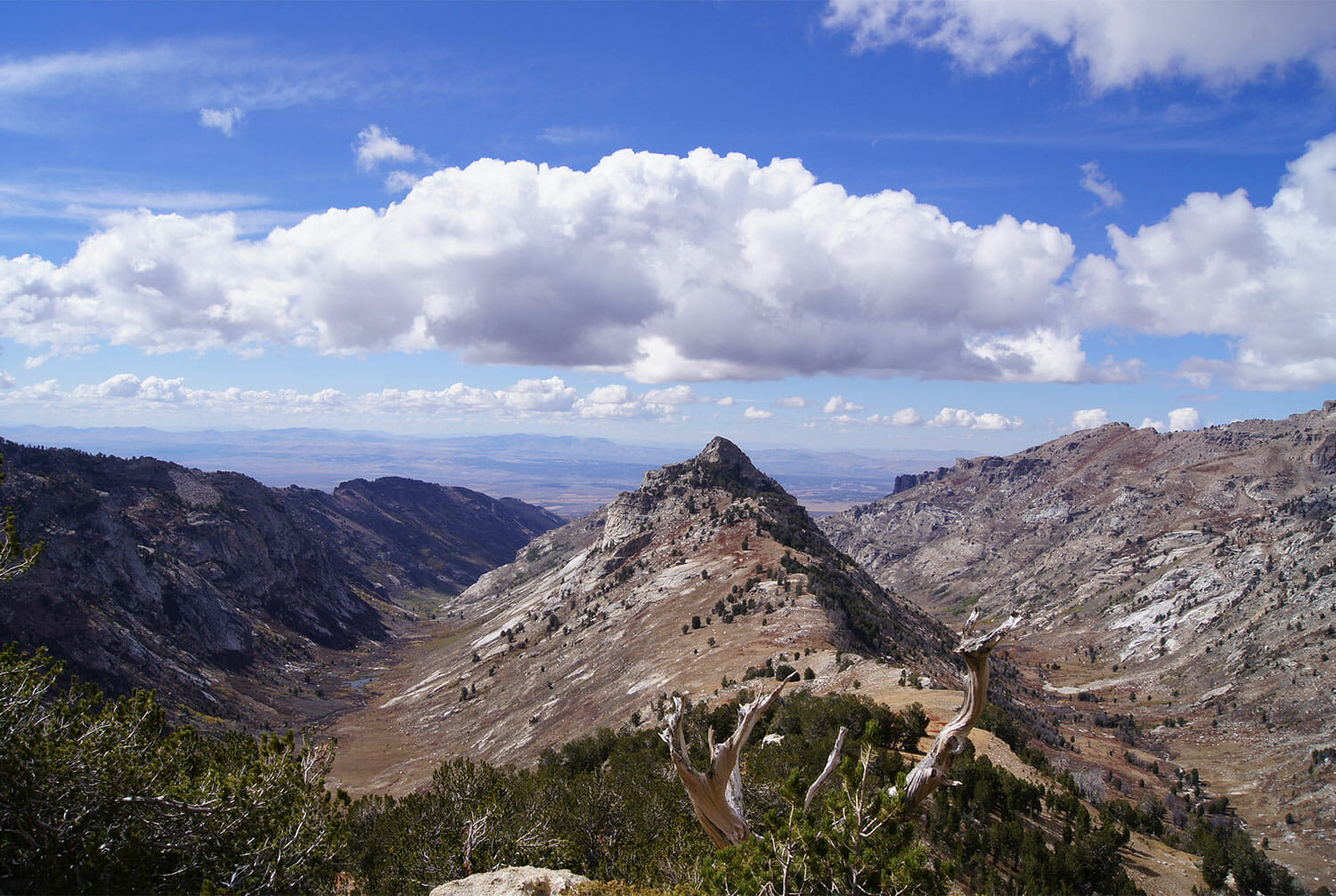Theodore Roosevelt defined conservation as the application of common sense to common problems for the common good. For 15 years, Trout Unlimited has educated, organized and mobilized sportsmen and women to apply that definition to public lands across the West.
When energy development, for example, threatened the iconic Wyoming Range and its three species of native cutthroat trout, we helped secure passage of the 1.2 million-acre Wyoming Range Legacy Act.
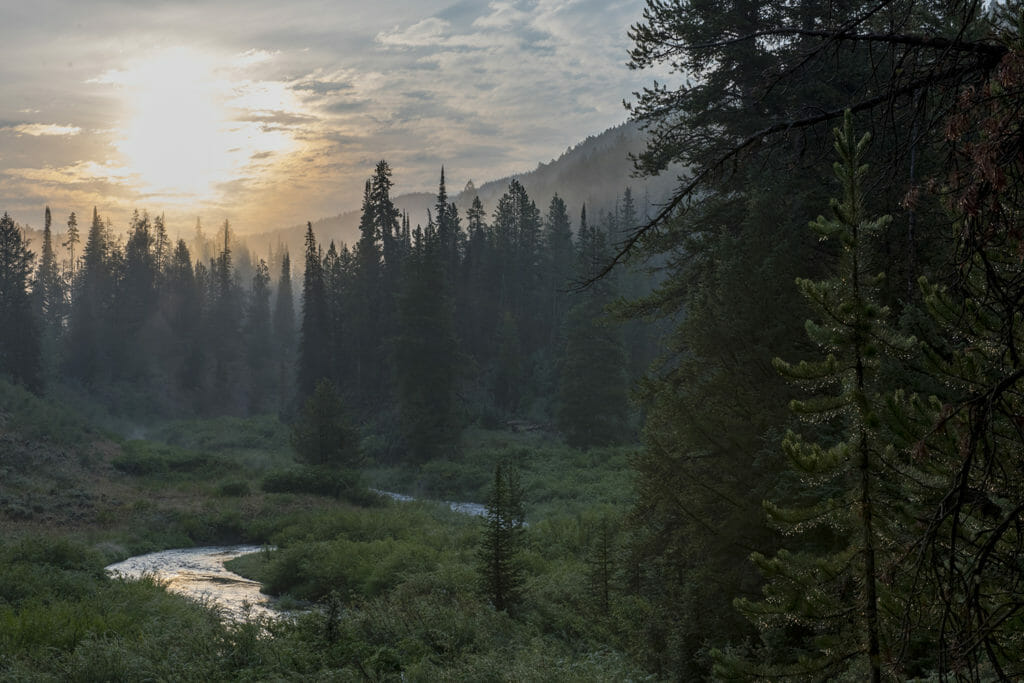
Sportsmen and women rallied around some of the finest fishing and hunting and fish and wildlife habitat on the planet and worked with our partners at the Forest Service and then-Gov. Jim Risch to protect 9 million acres of Idaho’s backcountry roadless areas.
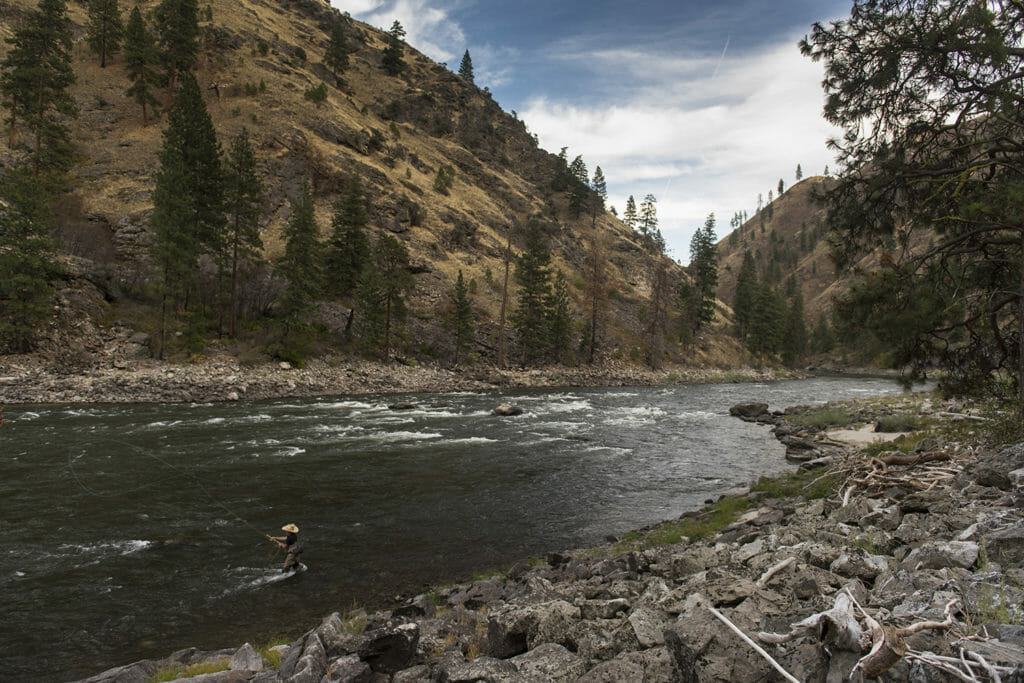
In southwestern Oregon, since he returned from World War II, Frank Moore and his wife Jeanne were literally voices in thewilderness when it came to protecting the fabled North Umpqua River and its freewheeling steelhead. Thanks to them, and the work of TU and our partners, today more than 100,000 acres and 30 miles of the river bears their name as a wild steelhead sanctuary.
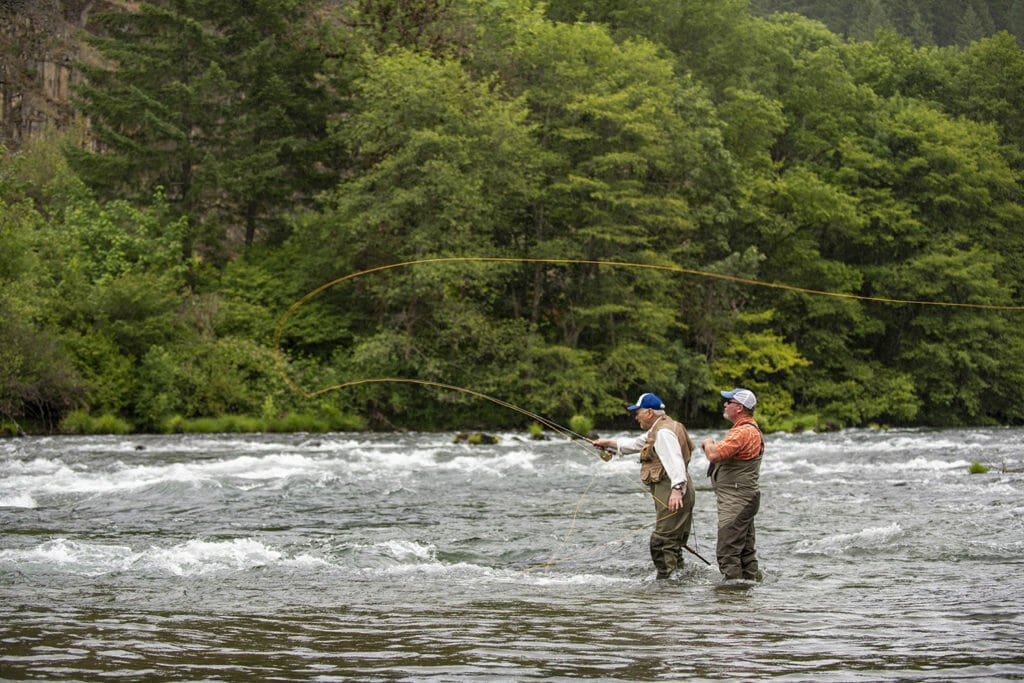
The latest campaign of TU’s Sportsmen’s Conservation Project is to protect the Ruby Mountains in northeastern Nevada from energy development. The Rubies are sacred to the Te-Moak Tribe of Western Shoshone. They are home to the best remaining habitat in Nevada for threatened Lahontan cutthroat trout. They are also smack dab in the largest mule deer migration corridor in Nevada. This helps explain why 14 hunting and angling organizations have banded together to protect the range from irresponsible and speculative energy development.
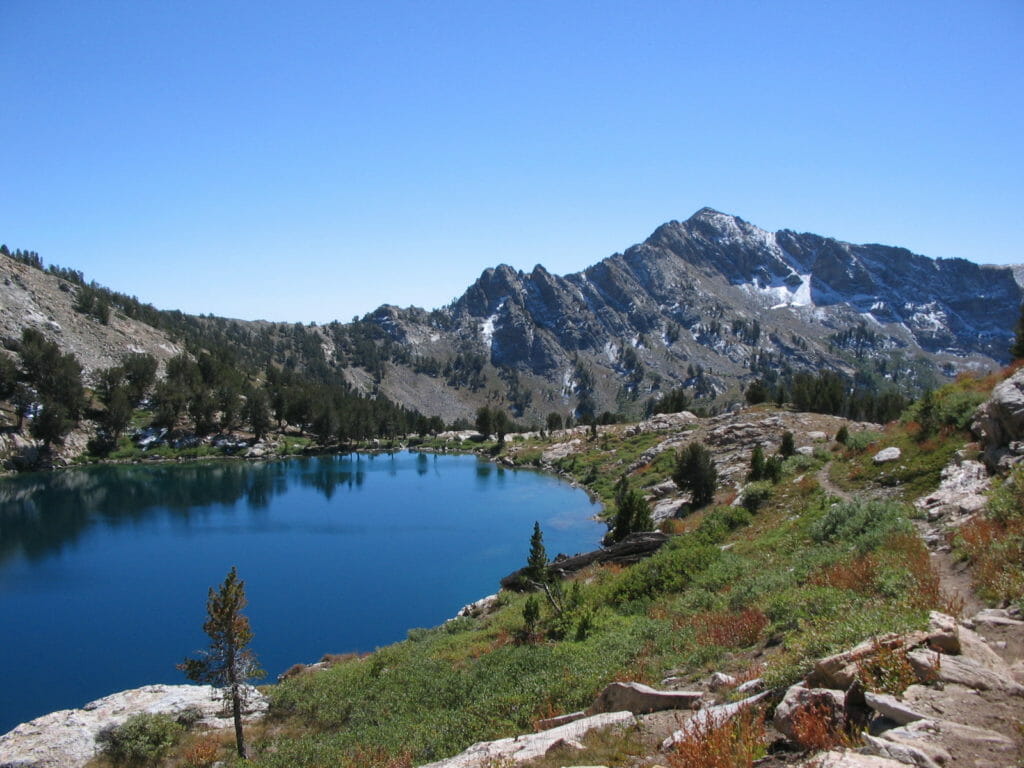
Energy development would be irresponsible because the Rubies are Nevada’s Alps, except unlike the Alps, or the Rockies, or even the Appalachians, they sit wholly within the borders of Nevada. The angling offered by the alpine lakes and streams has been described as “fishing heaven.” Development would be speculative because the energy potential in the area is extremely low. The Forest Service and BLM, who manage the land around the Rubies, must respond to any “expression of interest” to lease the Rubies for energy development.
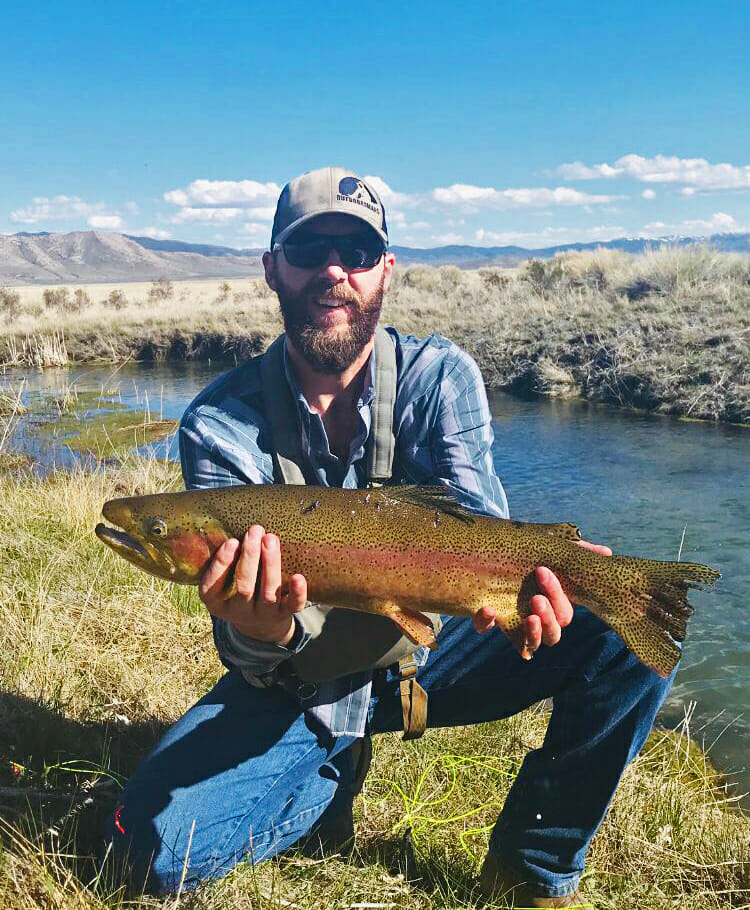
Consider, a few years ago one person suggested the Forest Service lease about 54,000 acres for oil and gas development. More than 13,000 people commented on the proposal. Four were in favor of development. Four. In February, Sen. Catherine Cortez Masto (D-Nevada) introduced the Ruby Mountains Protection Act of 2019. It would place about 500,000 acres of the Rubies off-limits to oil and gas development.
Steve Kandell, TU’s director of the Sportsmen’s Conservation Project, and Pam Harrington, our Nevada field organizer, came back to Washington to thank Sen. Cortez Masto and seek the support of the rest of the delegation. They also met with Rep. Mark Amodei (R-Nevada) whose district encompasses the Rubies. Congressman Amodei was careful not to commit to anything, but promised he would study the issue and get back to us with an answer soon. He then said, “The Rubies are one of the best places to hunt and fish in the state. We are talking about the Rubies.”
Common sense to common problems for the common good. Stay tuned.



